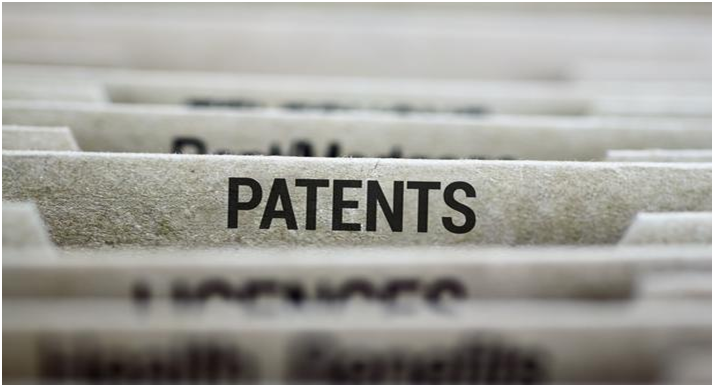Connecting the dots to boost the patent ecosystem (GS Paper 3, Intellectual Property Right)

Context:
- The recent report of the Economic Advisory Council to the Prime Minister (EAC-PM), ‘Why India Needs to Urgently Invest in its Patent Ecosystem?’, highlights the significance of a robust patent system for a knowledge economy and for the promotion of technological innovations.
Highlights:
- It highlights the rising share of residents in the total number of patent applications filed in India, which has more than doubled during the last decade.
- And, for the first time, the number of patent applications by residents has surpassed that of foreign applications during the last quarter of the financial year 2021-22. The Economic Survey 2022-23, for instance, highlighted the rising share of Indian residents in patent applications.
Concerns:
- A major concern expressed in the EAC-PM report is the long pendency of processing patent applications in India. Therefore, it has recommended several measures to reduce this.
- Increasing the efficiency of processing patent applications will certainly improve the patent ecosystem in the country.
- At the same time, there isneed to investigate the patent ecosystem more closely to connect the dots so that appropriate measures are adopted to improve the patent ecosystem, keeping in view the national innovation ecosystem.
Rising abandoned patent applications:
- The total number of patent applications to the Indian patent office has increased by 48% between 2010-11 and 2020-21, largely driven by applications by residents. Interestingly, the number of abandoned patent applications also increased at an astonishing rate during this period.
- The latest Annual Report (2019-20) of the Office of the Controller General of Patents, Designs, Trademarks and Geographical Indications (CGPDTM) shows that the number of abandoned patent applications, on account of not meeting the requirements under Sections 9(1) and 21(1) of the Patents Act, grew from 5,186 in 2010-11 to 23,291 in 2019-20, an increase by almost 350%.
- The share of such abandoned patents in the total number of patent applications soared from 13.6% in 2010-11 to 48% in 2019-20.
- A plausible reason could be that the applicants are not confident about their applications passing scrutiny and, therefore, do not pursue their applications.
- It may also be possible, especially in the case of innovations with short-life spans, that the long pendency discourages applicants from following up on their applications.
Section 9(1) & 21(1) of the Patents Act:
- Section 9(1) of the Patents Act provides that those applications accompanied by provisional specifications be supported by complete specifications within one year.
- Section 21(1) requires patent applicants to re-file documents if the patent examiner finds them not meeting the requirements.
Higher Education Sector:
- The higher education sector of India is rising in prominence in the research and development spending and patenting landscape of India.
- The share of this sector in the gross domestic expenditure on R&D (GERD) has increased from 5% in 2013 to 7% in 2018, as UNESCO’s data on science, technology and innovation shows.
- The number of patent applications filed by the top 10 academic institutes and universities in India (in terms of the number of patent applications) rose by more than two times in four years, from 838 in 2015-16 to 2,533 in 2019-20. Their share in the patent applications by residents also doubled from 6.4% to 12.2% during the same period.
- The growing prominence of this sector in patenting activity indicates the priority it attaches to commercially significant technological innovations.
- When the higher education sector is increasingly focusing on the development component of R&D, it is also expected that the collaboration between industry and academia will also increase in the area of R&D. But the reverse is true in the case of India.
India in industry-academia collaboration indicator of GII:
- The Global Innovation Index (GII) is prepared based on the score that each country gets under 80 indicators; industry-academia collaboration is one.
- India’s score for this indicator has in fact declined over the last few years, from 47.8 in 2015 to 42.7 in 2021.
- Consequently, India’s ranking in this indicator in the GII declined from 48 to 65 during this period. However, improvements in some other indicators have resulted in India’s overall ranking in the GII improving from 81 in 2015 to 46 in 2021.
- The draft of the National Auto Policy 2018 (Draft) points out that collaboration between the industry and academia in India has been limited to niche research areas that have low commercial significance.
- It also admits that innovations from India, originating from collaborative research projects, and implemented and commercialised in the automotive space have been scarce. This is not confined to the automotive sector but is a phenomenon prevalent across most sectors in India.
Way Forward:
- As the patent system is a critical aspect of the national innovation ecosystem, investing in the patent ecosystem will help in strengthening the innovation capability of India.
- The right interventions should be made for the promotion of the quality of patent applications and collaboration between academia and industry.


